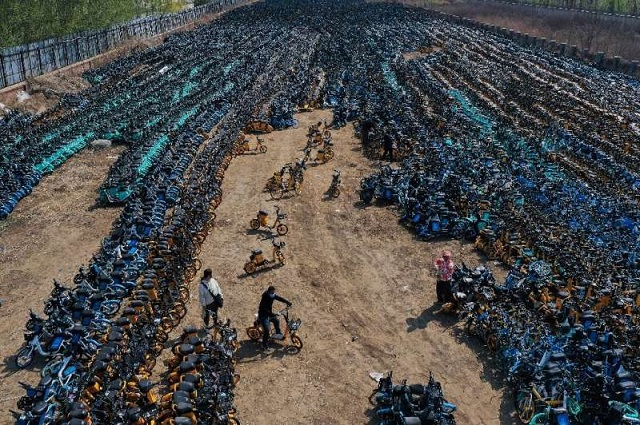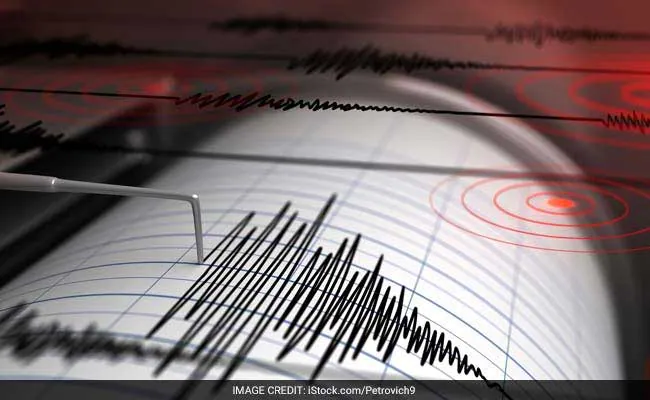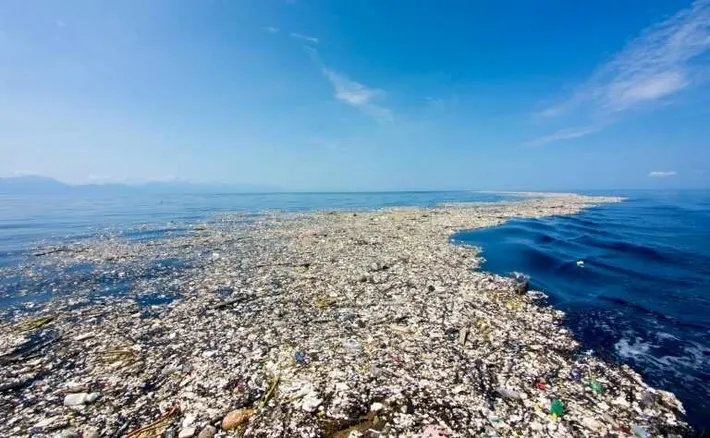Great Pacific Garbage Patch
The Great Pacific Garbage Patch, an extensive accumulation of marine debris in the North Pacific Ocean, is emblematic of the global issue of ocean pollution. Comprising the Western Garbage Patch near Japan and the Eastern Garbage Patch between the U.S. states of Hawai'i and California, this environmental challenge extends from the West Coast of North America to Japan, interconnected by the North Pacific Subtropical Convergence Zone.
This convergence zone serves as a conduit, facilitating the movement of debris between the Western and Eastern Garbage Patches. The broader context of the Great Pacific Garbage Patch is framed by the North Pacific Subtropical Gyre—a vast system of swirling ocean currents covering an expansive 20 million square kilometers (7.7 million square miles). The gyre is formed by the clockwise rotation of four major currents: the California current, the North Equatorial current, the Kuroshio current, and the North Pacific current.
The gyre's center, characterized by calm and stability, acts as a trapping mechanism for debris propelled by these currents. For instance, a plastic water bottle discarded off the coast of California may journey south with the California Current, then cross the Pacific with the North Equatorial Current, head north along the Kuroshio Current near Japan, and finally move eastward with the North Pacific Current. The interplay of these currents gradually draws debris into the spinning vortexes of the Eastern and Western Garbage Patches.
The persistence of debris in the Great Pacific Garbage Patch is exacerbated by the non-biodegradable nature of much of the waste, particularly plastics. Plastics, renowned for their durability, low cost, and versatility, break down into smaller particles through a process known as photodegradation when exposed to sunlight. Consequently, these microplastics, often invisible to the naked eye, create a cloudy appearance in the water, mingling with larger items such as fishing gear and shoes.
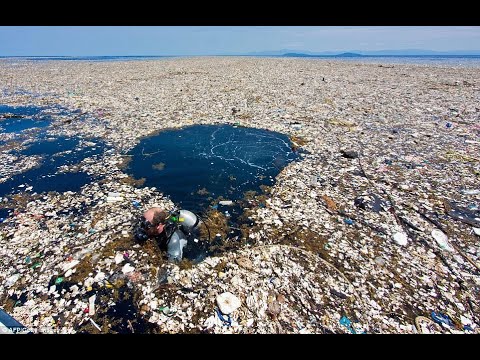
Contrary to the common misconception of a consolidated island of trash, the reality is that the patches are predominantly composed of these microplastics. Satellite imagery fails to capture a cohesive garbage mass, portraying instead a dispersed soup-like appearance. Moreover, the impact extends beyond the ocean's surface, as about 70 percent of marine debris sinks to the seafloor beneath the Great Pacific Garbage Patch, creating an underwater trash heap.
The discovery of the Great Pacific Garbage Patch is credited to racing boat captain Charles Moore, who encountered the vast expanse of plastic debris while sailing from Hawai'i to California. Despite the inability to precisely quantify the patch's size due to the expansive nature of the North Pacific Subtropical Gyre, it is widely acknowledged that 80 percent of ocean plastic originates from land-based sources, with the remaining 20 percent contributed by boats and other marine activities.
Plastics dominate the marine debris landscape due to their widespread use, non-biodegradable nature, and propensity to break down into smaller fragments. The consequences of this pollution extend to marine life, with species such as sea turtles, albatrosses, seals, and other mammals falling victim to entanglement and ingestion of plastic. The disruption of marine food webs, caused by the blocking of sunlight to vital autotrophs like algae and plankton, amplifies the ecological repercussions in the North Pacific Subtropical Gyre.
Beyond posing a threat to marine life, plastics in the ocean also serve as vectors for harmful pollutants. These pollutants, such as bisphenol A (BPA) and polychlorinated biphenyls (PCBs), can leach out of plastics or be absorbed by them, entering the food chain and posing risks to both environmental and human health.
Addressing the Great Pacific Garbage Patch is a formidable challenge, given its remote location and the inability of any single nation to claim responsibility for cleanup. Charles Moore notes that the financial burden of such an endeavor could potentially bankrupt any country attempting it. However, numerous individuals and international organizations are actively engaged in prevention efforts, emphasizing the need to curb the growth of the patch.
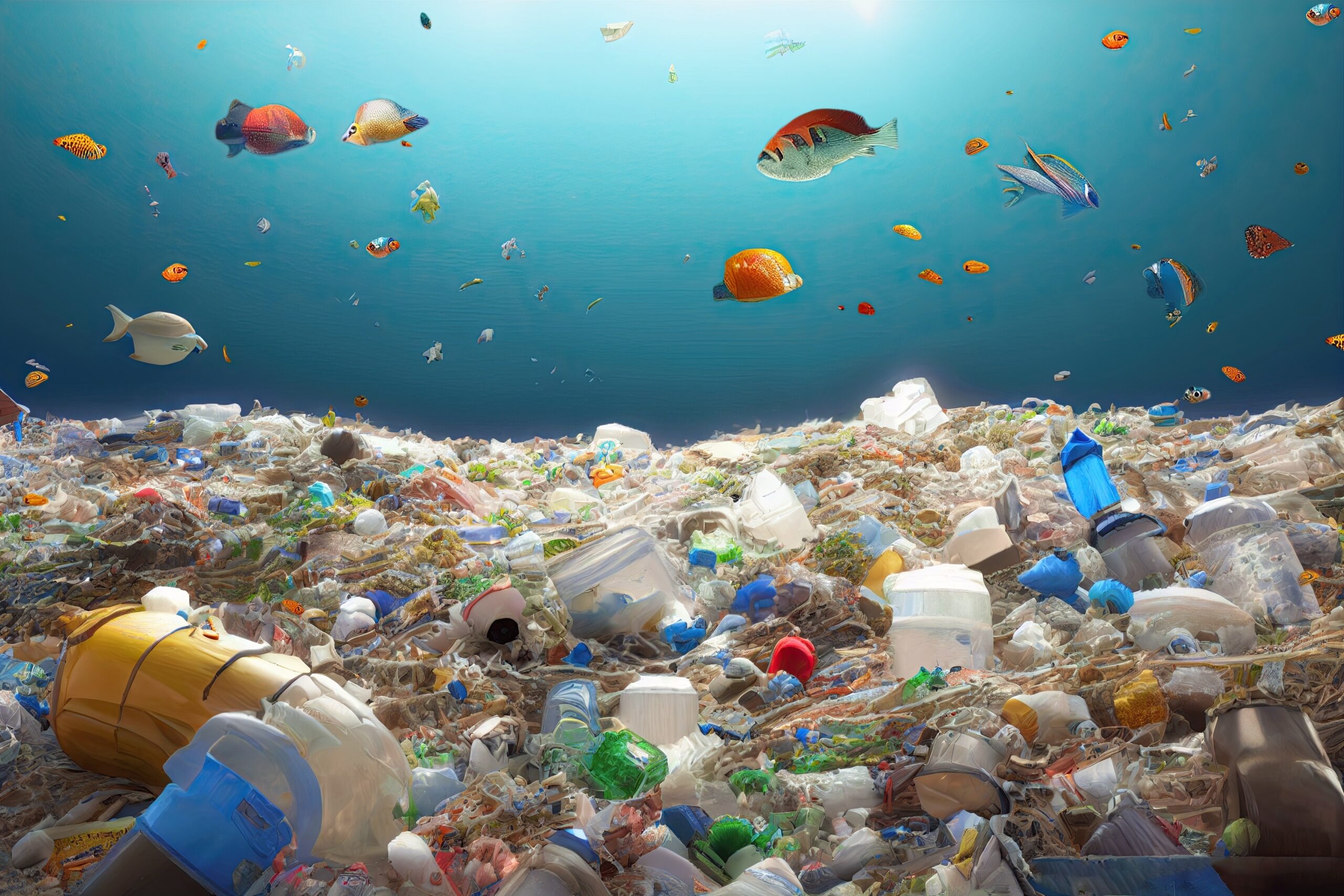
Cleaning up marine debris is a complex task due to the prevalence of microplastics, which are comparable in size to small sea creatures. The enormity of the oceans further complicates cleanup efforts, with estimates suggesting that it would take an extensive fleet of ships an entire year to address even a fraction of the North Pacific Ocean. Recent expeditions, utilizing technologies like aerial drones, have provided a more accurate assessment of the patch's magnitude, revealing a staggering 100 times more plastic by weight than previously measured.
Innovative initiatives, such as the construction of the Plastiki—a catamaran made of plastic bottles—underscore the need for creative solutions. This vessel, successfully navigated from San Francisco to Sydney in 2010, served as a symbol of both the versatility and environmental threats posed by plastics.
Scientists and explorers advocate for a multi-faceted approach to mitigating the Great Pacific Garbage Patch, emphasizing the reduction of disposable plastics and the promotion of biodegradable alternatives. Organizations like the Plastic Pollution Coalition and the Plastic Oceans Foundation leverage social media and direct action campaigns to advocate for a shift from toxic disposable plastics to sustainable materials. Ultimately, tackling the complex challenge of ocean pollution necessitates global collaboration and a commitment to sustainable practices.
